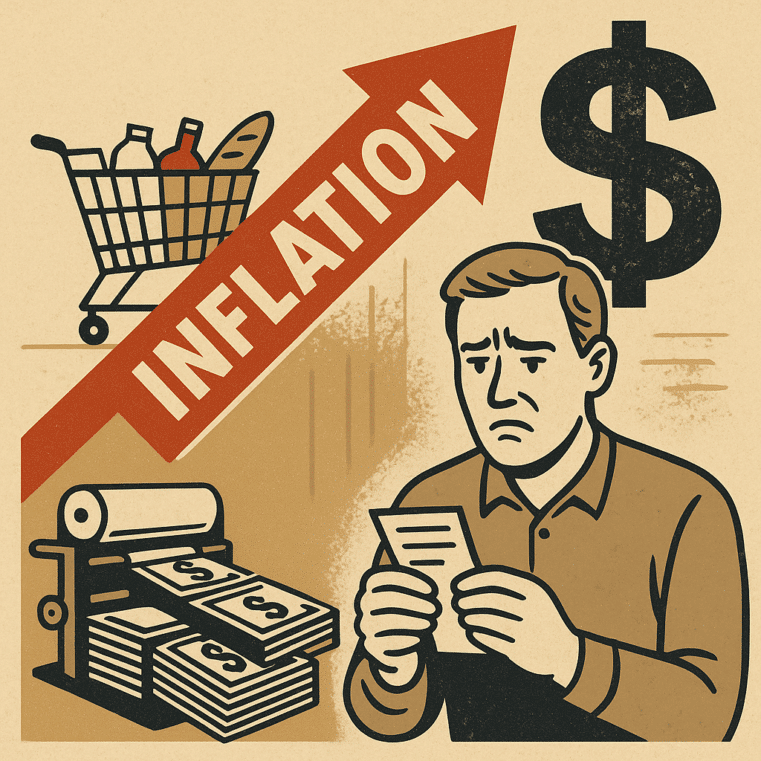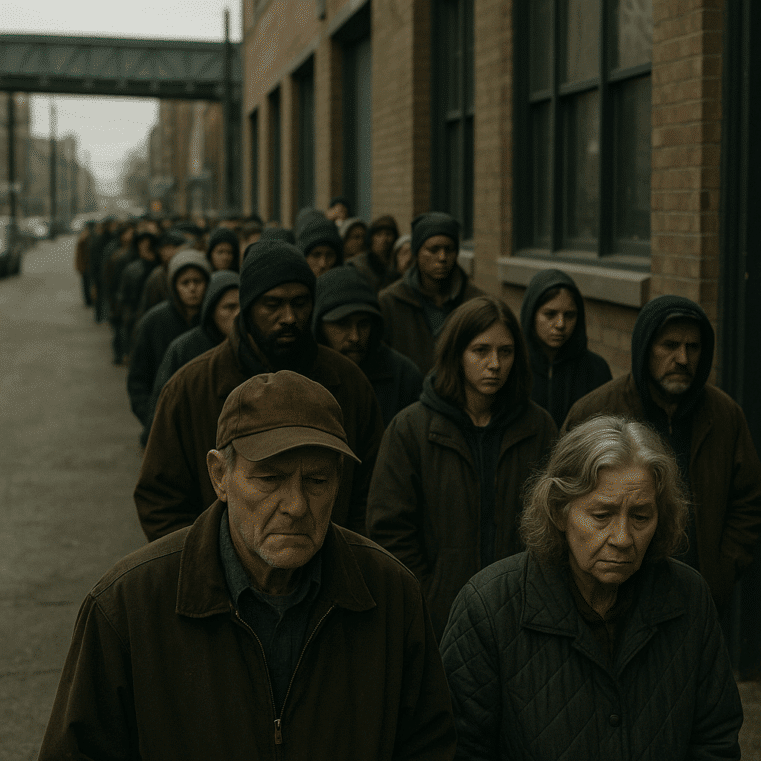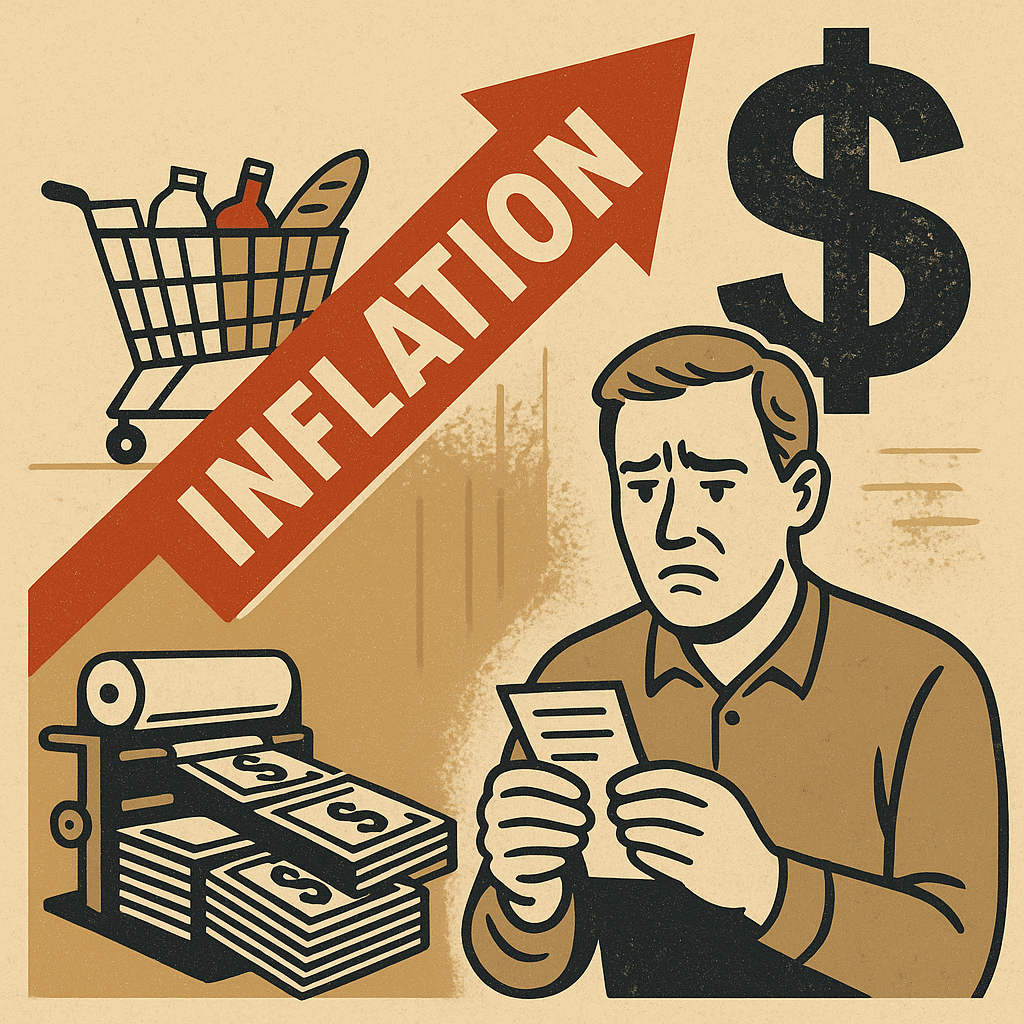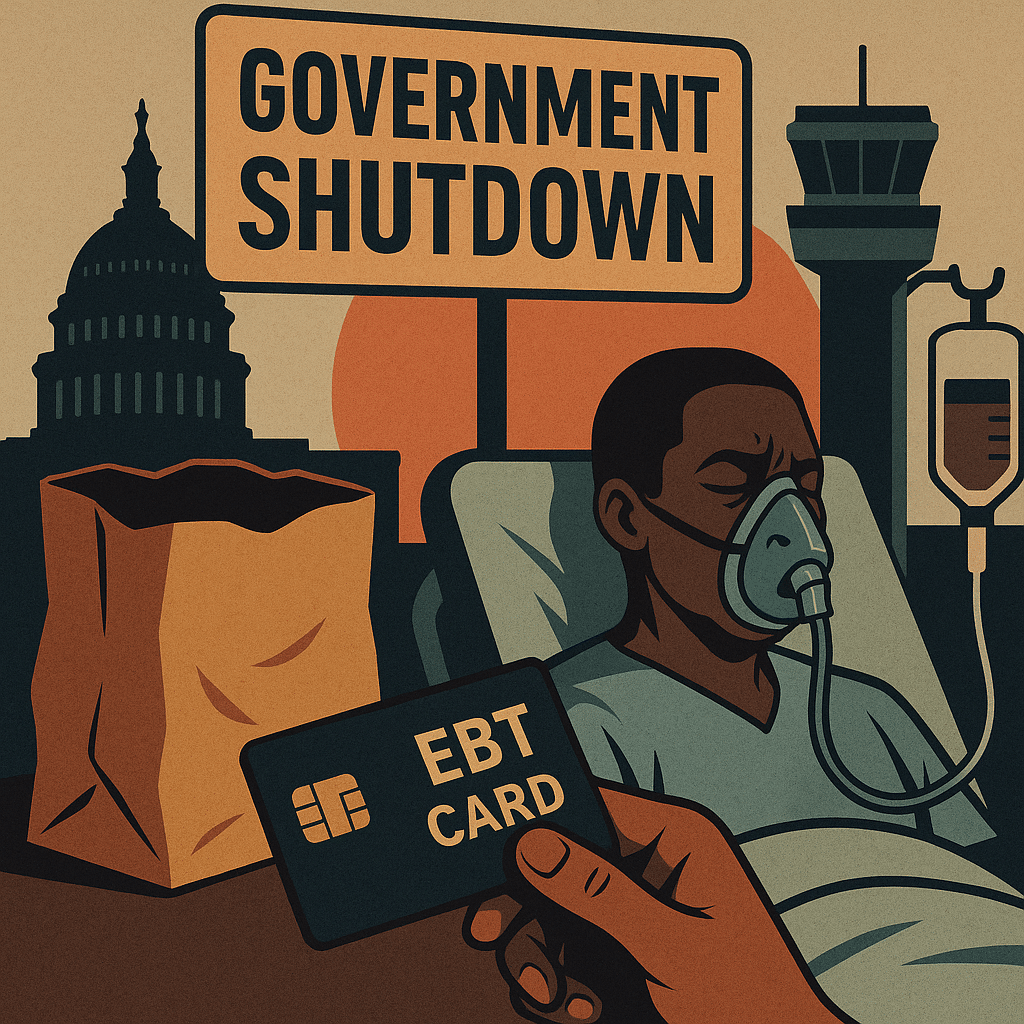
BofA Says Central Banks Are Creating Fake Markets
EDITOR NOTE: The Bank of America says that stocks are no longer grounded in reality as risk assets are rallying. "Fake Markets" they call it. Better to look into safe havens like a precious metals IRA.
Stocks have become detached from reality due to recent interventions from central banks into the bond markets, according to analysts at Bank of America.
In a research note Friday, the Bank of America Securities division highlighted the question of why the stock market is so divorced from reality as one of the most frequently asked by investors.
Despite the economic crisis brought about by the coronavirus pandemic, which has so far seen 38 million Americans file for unemployment and brought about sharp contractions in global GDP (gross domestic product), risk assets have been rallying of late.
As of Friday morning, the S&P 500 is up more than 14% and the Dow Jones Industrial Average more than 11% so far this quarter, rebounding from a historic sell-off in March as the coronavirus spread in the U.S. and throughout the rest of the world.
Chief Investment Strategist Michael Hartnett set out a number of key reasons for this unmooring of stocks, the first of which was the emergence of “fake markets.”
“Government and corporate bond prices have been fixed by central banks ... why would anyone expect stocks to price rationally?” Hartnett said.
Central banks have deployed a total of around $4 trillion of asset purchases over the past eight weeks, Hartnett highlighted, and the global equity market cap has surged by $15 trillion.
In the same period, central banks have been buying $2.4 billion per hour of financial assets, which Bank of America strategists expect will fade to $608 million in the coming weeks.
However, with 2,215 out of 3,042 global stocks remaining in bear markets, more than 20% down from their all-time highs, Hartnett said this market rally should be seen in the context of the $30 trillion collapse in February and March.
The rally has been concentrated in growth-focused tech names, and the market cap of the FAAMG (Facebook, Amazon, Apple, Microsoft, Google) stocks now exceeds that of the entire euro zone equity market.
Historically, Hartnett pointed out, bear market rallies in 1929, 1938 and 1974 saw an average rebound of 61% from their respective lows, following an average 49% fall. This would take the S&P 500 to 3,180 points by the end of this rally. The index closed at 2,948.51 on Thursday.
Bank of America’s strategy was described as “tactically bullish” but “structurally bearish.” Hartnett suggested that overall market positioning is still bearish with policymakers causing an “immoral hazard” which will force investors to buy, banks to lend and corporate “zombies” to issue debt in 2020.
Zombie companies are those which make just enough money to continue operations and service debt, but hold little to no excess capital and are unable to pay off their debt.
On the bank’s structural bearishness, Hartnett projected that earnings per share (EPS) are “more likely to surprise to the downside in 2021 than 2020 as policy makers demand payback via taxes, tariffs, regulation.”
He added that the possibility of negative U.S. interest rates, pressure on bank dividends, November’s U.S. election and “peak globalization” will come into focus in the fall.
Originally posted on CNBC











